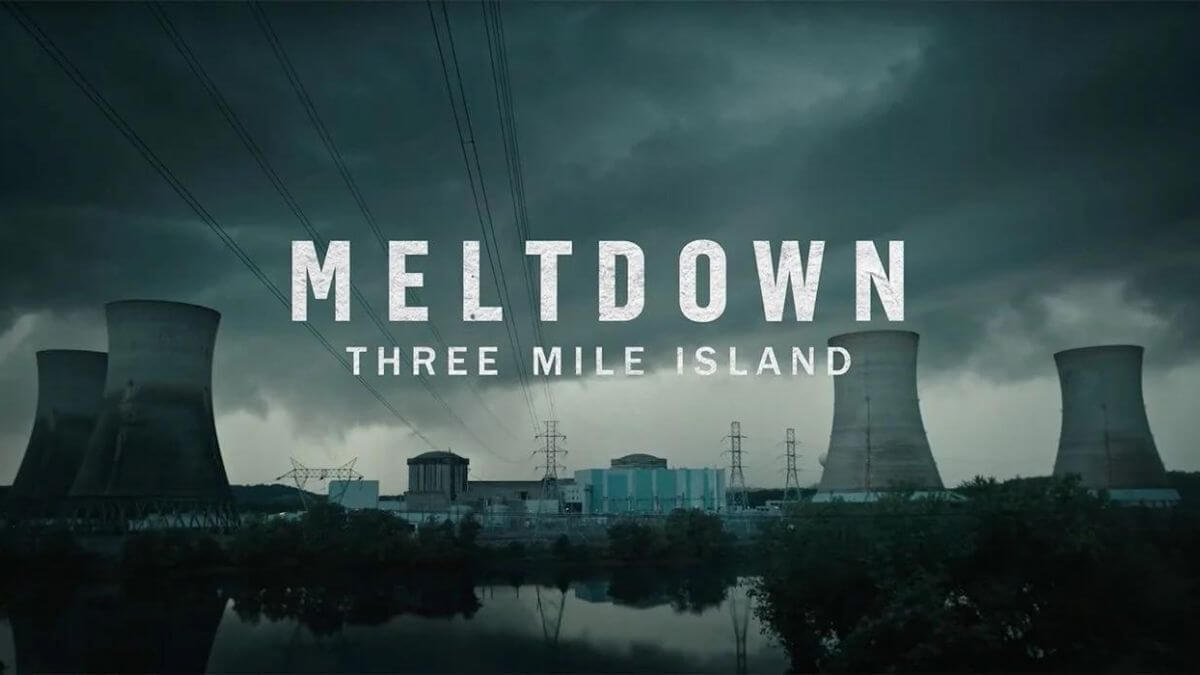Three Mile Island all started on March 28, 1979, around 4 a.m. local time. As far as nuclear accidents go, this is the worst in the history of commercial nuclear reactors in the United States. The maximum possible score on the seven-point International Nuclear Event Scale is Level 5, which denotes an accident with widespread consequences.
What Is The Story About?
Kief Davidson, director of “The Ivory Game,” and producers Michael and Carla Shamberg of “Erin Brockovich” team up to tell the factual story of what transpired at Three Mile Island, which was described as “the first step towards a nuclear nightmare.”

It is discussed how this event will influence the community and Richard Parks’ narrative of speaking out and averting a near-catastrophe for the Eastern Seaboard as the story unfolds in real-time. In this documentary, audiences are immersed in the deadliest nuclear disaster in American history through dramatic reenactments and historical material, never-before-seen home movies, and extensive interviews.
Three Mile Island Release date:
The debut of a new four-part Netflix documentary on the near-catastrophic meltdown at the Three Mile Island nuclear power station will take place on May 4. Three Mile Island saw a partially melted atomic reactor in 1979, which resulted in the documentary Meltdown: Three Mile Island, which tells “the narrative of ordinary people who dared to do incredible things.”
Three Mile Island Cast:
Live Schreiber takes on the role of the self-narrator.
Quick Facts About The Three Mile Island Nuclear Incident
- The Three Mile Island nuclear power plant in Pennsylvania, United States, experienced a cooling breakdown in 1979, resulting in a section of the reactor’s core meltdown.
- There was some radioactive gas released even after the accident. However, the amount of radioactive gas absorbed by the population of the vicinity was well below the background levels of the area.
- There were no fatalities or long-term health consequences due to the Three Mile Island disaster.
- It was built in 1958. It was outfitted with two nuclear reactors that ran on pressurized water as their energy source. TMI-1, a pressurized water reactor (PWR) with an installed capacity of 800 MWe (775 MWe net), was put into service in 1974 and continues to be one of the best-performing reactors in the United States today. At the time of the incident, the reactor had a capacity of 906 MWe and was just a few years old.
- When the disaster happened at 4 a.m. on March 28, 1979, Unit 2 was operating at 97 percent of its maximum capacity. The temperature of the primary coolant increased due to a minor problem in the secondary cooling circuit. And so much primary coolant had been drained away that the reactor core’s leftover decay heat could not be dissipated. As a result, the body suffered significant damage.
- When the reactor shut down unexpectedly, the operators had no way of knowing what had caused the reactor to shut down in the first place. According to the investigation, the accident was caused by insufficient emergency response training and insufficient control room instrumentation.
As a result of the terrible nuclear tragedy, a paper will soon be made publicly available.
Read More:

